No Products in the Cart
Mohammed Aftab, holding an undergraduate degree in Mass Communication and Journalism, is proficient in content writing, editing, and researching. Read more
Last Updated September 18, 2024
Imagine suddenly dozing off for a rather quick moment when you're driving or when you're closing an important deal with a difficult client. You just had a microsleep episode. Scary to think about, isn't it? Unfortunately, it's a real and frequent occurrence amongst many. That's right, and it can even happen to you! So, what actually are these "microsleep episodes"? What are some telltale signs that can help you figure out if you're afflicted by it? And how can you go about tackling microsleep? Well, that's what we're here to answer today for you!
Key Takeaways:

Microsleep, put in the simplest way, defines a sudden but quick moment where one falls asleep. Microsleep episodes usually last around only a few seconds or less (15–30 seconds).
During microsleep, a person may appear to be awake and functioning, but they are actually experiencing a temporary period of unconsciousness. This can happen without the person's awareness, and they may not realize they've briefly fallen asleep.
These unexpected lapses in consciousness can occur at any time during waking hours, even when you're sitting upright or engaged in an activity. The most common culprit behind microsleep is sleep deprivation, but other factors can also contribute.
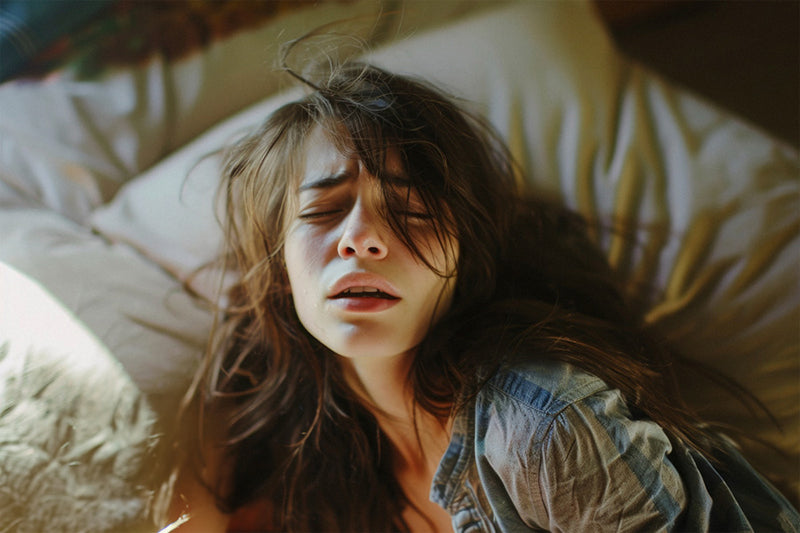
Microsleep is a fascinating phenomenon that has been and is being extensively studied in the fields of sleep medicine and sleep research. Here's what they have uncovered so far -
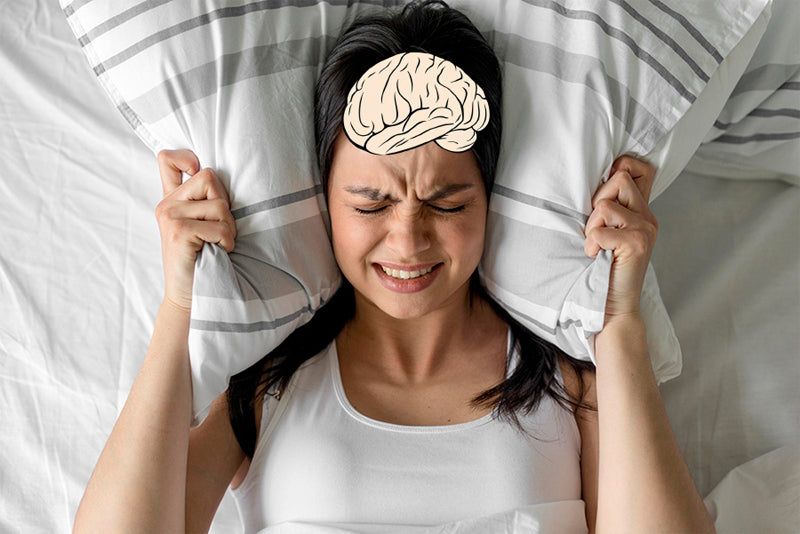
Although most research on microsleep episodes is still in its early stages, sleep study and sleep medicine reviews indicate that it is a prevalent issue that needs recognition. Let's find out how we can identify symptoms of microsleep next.
Microsleep earns the nickname "behavioral microsleep" given that it can manifest as temporary changes in behavior. When microsleep occurs, someone's actions might shift subtly. You might see a brief eye closure, a slackening of posture, or a look of zoned-out distraction.
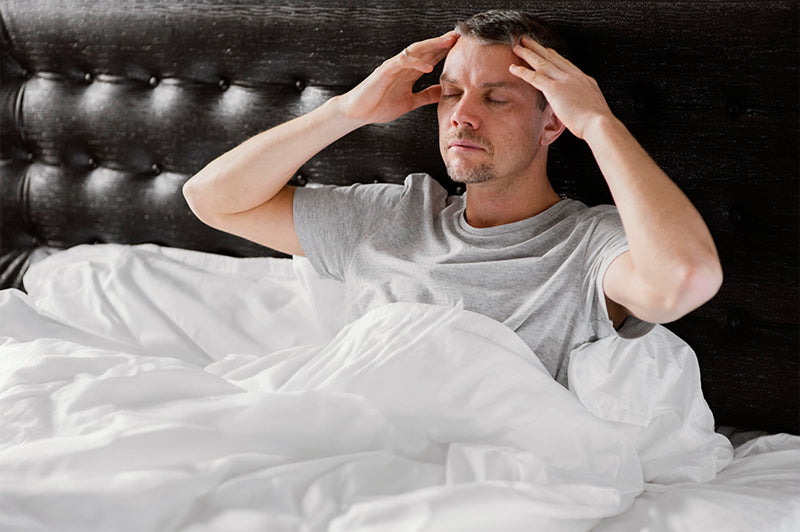
Here are some of the most common signs and symptoms of microsleep -
Eyelid Drooping: This is a classic symptom. Your eyelids might feel heavy and start to droop or even flutter shut momentarily.
Constant Blinking: The struggle to keep your eyes open begins, as you start to blink constantly in an effort to not fall asleep.
Head Nods: You might experience brief head bobs, especially if you're sitting or leaning forward.
Body Jolt: Sometimes, microsleeps can end with a sudden jerk of the head or body as you briefly lose muscle control.
Slackened Posture: Your usual posture might slump or become noticeably less rigid.
Blanking Out: You might miss parts of a conversation or activity as your mind momentarily drifts off.
Slowed Reactions: Your response time to external stimuli might be noticeably slower than usual.
Difficulty Concentrating: Focusing on a task becomes challenging, and your mind might wander frequently.
Yawning: Excessive yawning can be a sign of sleepiness and potential microsleeps.
Feeling Foggy: After a suspected microsleep episode, you might feel disoriented or mentally sluggish for a short while.
Difficulty Recalling Events: You might have trouble remembering the moments leading up to or following a microsleep.
Microsleeps can sneak up on anyone, but certain factors make them more likely. Here are some common triggers to be aware of -
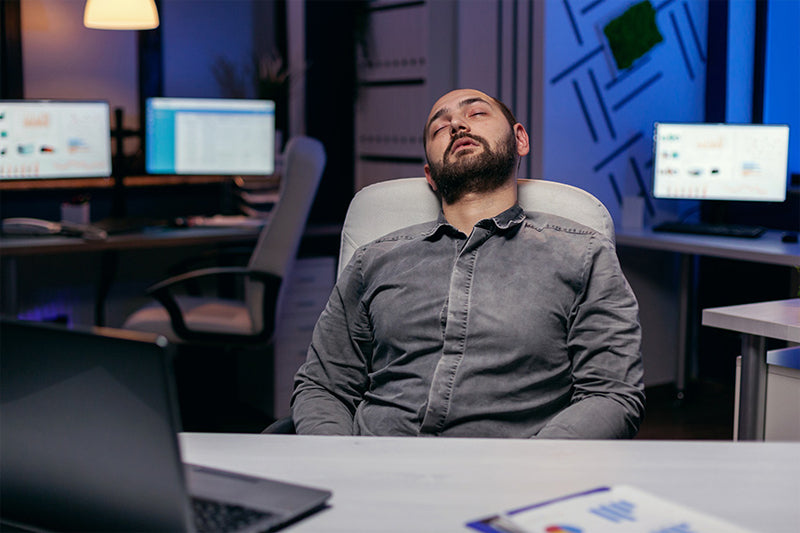
Shift work has been commonly associated with sleepiness, so much so that there's even a term for it - Shift Work Sleep Disorder. This condition disrupts the body's natural circadian rhythm, making it difficult to fall asleep and stay asleep during night shifts, leading to excessive sleepiness during the day. While many shift workers and regular employees experience microsleep as a result of sleep deprivation, other factors such as underlying medical conditions, monotony, and work-related sleep disorders can also play a role.
Microsleep has victims outside of the workplace as well, including drivers. A study conducted in 2008 to assess driver drowsiness (in moments surrounding microsleep) affecting driver performance showed that their ability to control the vehicle significantly worsened compared to when they were fully awake. This decline in driving performance was more pronounced during longer microsleep episodes, particularly on curved roads.
When such a phenomenon has affected these two volatile segments of society, one important question must be asked: Is it not dangerous?
Episodes of microsleep are often a symptom of avoiding nighttime sleep and improper sleep hygiene. It can lead to certain extremely dangerous situations with serious consequences, such as fatal crashes on the highway, workplace injuries when performing safety-sensitive tasks, and medical errors during critical procedures.
Chronic sleep deprivation and associated microsleep leads to long-term health issues, such as cardiovascular problems, obesity, diabetes, and mental health disorders like depression and anxiety. So, not only can it affect those around you, but it can also affect your long-term health.
Since microsleep is such a nuisance, it's only right that we strategize against it. That's what we'll discuss next!
Preventing microsleep, microsleep treatment, sleep extension, morning driving
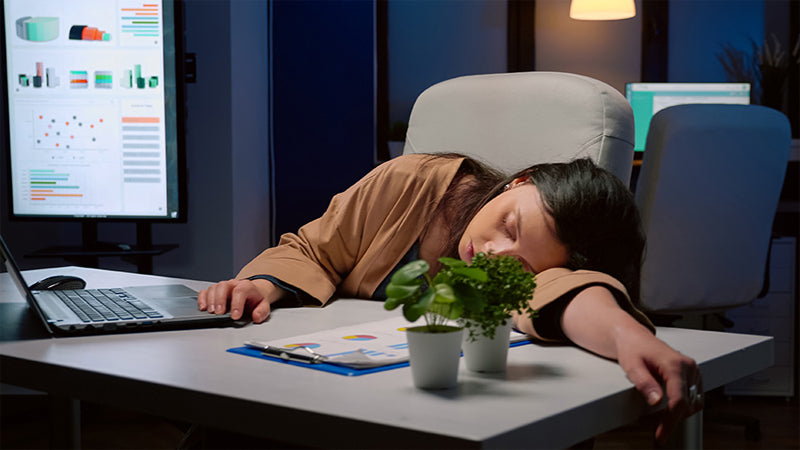
Schedule Smartly: If possible, advocate for schedules that minimize long night shifts or back-to-back shifts.
Sleep Lengthy: Ensure you get at least 7-9 hours of sleep per night.
Regular Sleep Schedule: Maintain a consistent sleep routine by going to bed and waking up at the same time each day, even on weekends.
Light It Up: Exposure to bright light during work hours helps regulate your circadian rhythm and promotes alertness. Open blinds, adjust office lighting, or consider using a light therapy box.
Power Naps: Short naps (20–30 minutes) during breaks can be a powerful tool to combat drowsiness. Create a designated napping area if feasible.
Stay Active: Schedule short walk breaks throughout the day to get your blood flowing and improve alertness. Consider incorporating light desk stretches or chair yoga.
Stay Hydrated: Dehydration can exacerbate fatigue. Keep a reusable water bottle at your desk and sip water regularly throughout the day.
Snack Healthy: Avoid sugary snacks that cause energy crashes. Opt for healthy snacks with complex carbohydrates and protein to maintain stable blood sugar levels.
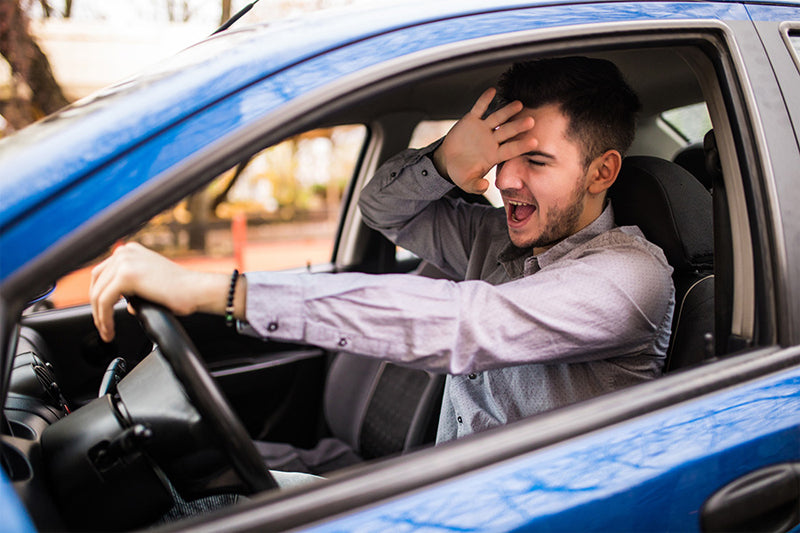
Well-Rested Travels: Plan trips to avoid driving when you're already sleep deprived. Aim for a full night's sleep before a long drive.
Share the Drive: If possible, carpool or take turns driving on long journeys. This allows for breaks and prevents driver fatigue.
Caffeinated Kick (in Moderation): A moderate amount of coffee can often help improve alertness. However, avoid excessive caffeine intake, as it can lead to jitters and crashes later.
Engage Yourself: Consider listening to engaging music or podcasts, or talking to your co-passengers, to help you stay concentrated and awake.
Take Breaks: Schedule regular breaks every 2 hours or 100 miles, whichever comes first. Get out of the car, walk around, and stretch your legs to re-energize.
Cool Comfort: Keep the car cool with air conditioning. Warm temperatures could make you tired and drowsy.
Chew Gum: Chewing sugar-free gum can increase alertness by improving blood flow to the brain.
Avoid Alcohol and Medications: Do not consume alcohol or take medications that may impair your ability to drive safely.
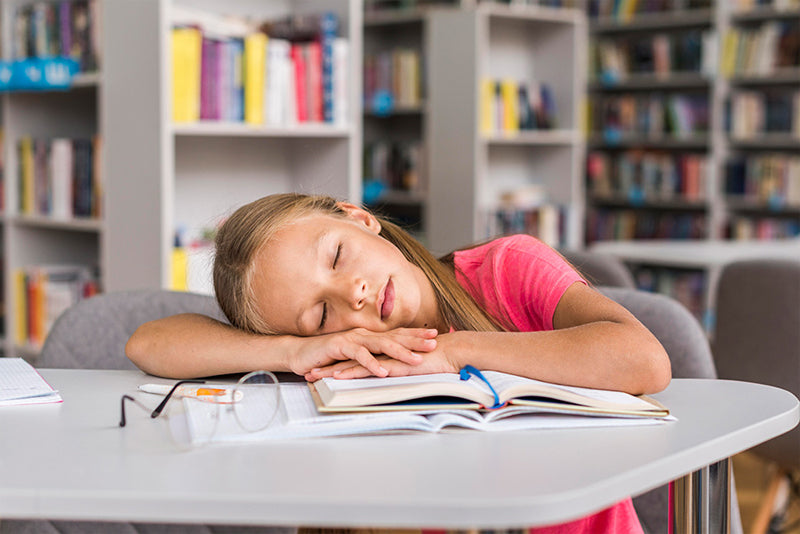
Practice Good Sleep Hygiene: Establish a bedtime routine that signals your body it's time to wind down, such as taking a warm bath, dimming lights, and avoiding stimulating activities.
Address Sleep Disorders: If you suspect you have a sleep disorder like sleep apnea, insomnia, or restless legs syndrome, seek medical evaluation to improve sleep quality.
Plan Activities: During long periods of sitting (e.g., lectures, meetings), schedule short breaks to stand up and move around.
Hydration Helps: This tip applies to all situations. Staying hydrated keeps your body and brain functioning optimally.
Brainteasers: Engage your mind with short brain teasers or puzzles to boost alertness during downtime.
Cool Down: If you find yourself getting drowsy, a splash of cold water on your face or a cool washcloth on your neck can be a quick pick-me-up.
While episodes of microsleep are brief and sudden, their impact can be significant. If you experience them frequently, even after sufficient sleep, or if they disrupt your daily activities, work performance, or driving safety, it's time to seek professional help. A doctor can assess your sleep habits and underlying health, potentially recommend a sleep study, and develop a personalized plan to improve your sleep quality and minimize the risk of microsleeps. Remember that getting proper sleep is an investment in not only your own health and well-being, but also the safety of those around you!
Microsleeps can feel like a sudden blank space in your memory, or like you momentarily doze off with your eyes open. You might miss a conversation or feel a brief head bob.
To prevent microsleeps, focus on getting enough quality sleep, take breaks to move around during long periods of sitting, and avoid situations that make you drowsy, like heavy meals or hot environments.
A micro nap is a short, planned sleep session typically lasting 15–30 minutes. They can be a helpful tool to combat daytime sleepiness and improve alertness.
No, dreaming typically occurs during deeper sleep stages that aren't reached during a microsleep. Microsleeps are more like brief periods of disconnection from your surroundings.
Obstructive sleep apnea patients, night shift workers, pilots, drivers, factory workers, etc., who often experience insufficient sleep at night, leading to total sleep deprivation, excessive daytime sleepiness, and other sleep disorders like insomnia, tend to experience microsleep most as they try to stay awake without getting enough sleep.
Related blog posts:
1. Sleep Apps
2. Sleep Music
4. The Best Foods That Will Help You Sleep at Night
5. Sleep Timer
Disclaimer: What is said in this article has been referenced from multiple sources and is intended only for educational and informational purposes. Please note that no content in this article is a substitute for professional advice from a qualified doctor or healthcare provider. Always consult an experienced doctor with any concerns you may have regarding a health condition or treatment, and never disregard any medical suggestions or delay in seeking treatment because of something you read here.
Notify me when available
We will send you a notification as soon as this product is available again.
We don't share your email with anybody


